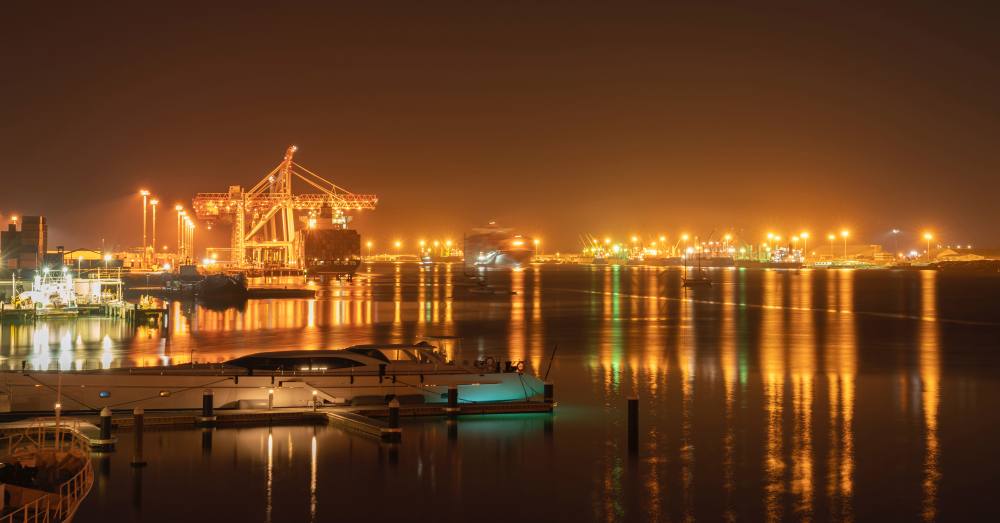
There’s an adage – when the going gets tough, the tough get going.
Whilst COVID-19 has delivered a savage setback to many businesses, and a lethal blow to others in 2020, I’m sure that most will refocus and restructure their enterprises to meet our changed environment.
This is a challenge to be met, whether short- or long-term.
The old saying I mentioned speaks to resilience, and that’s a quality the people of the Bay of Plenty have in spades.
An example is the impact that the kiwifruit disease PSA had on our region. Cash flows and enterprises disappeared overnight, but looking back now there can only be admiration for the way that industry refocused, developed G3, and the rest is history.
Those in the dairy industry faced income and balance sheets halved when prices fell from $8/kg milk solids. Yet again, individuals battled their way through what was a supply and demand-driven correction, albeit part of global trade positioning.
We have recovered before and we can take this hard-won experience into the current situation in the Bay of Plenty.
Expert opinions can vary
Economic commentators are predicting doom and gloom – but it is important to remember that opinions can vary, even between experts. What we do know in practice is that businesses and communities can and will recover and thrive.
We must consider and look after those most impacted by job losses and the government’s intervening stimulus goes some way to addressing that. However, we all need to recognise that whatever central government’s borrowing figure arrives at, at some stage, this and future generations will have to return or reduce the debt. There can only be a few ways to do that:
- Economic growth or trade and the resultant taxes (both direct and indirect).
- Increases in the marginal tax rates.
So how does the Bay of Plenty fare? Probably better than most.
Our regional advantages
We have a regional economy that is weighted to primary industries – forestry, horticulture and pastoral farming. We have New Zealand’s biggest export port with a supply chain bringing a large percentage of New Zealand’s exports to Tauranga.
This supply chain efficiency attracts manufacturing industry to the Bay, which flows into associated servicing industries to meet the growing demand from industry and residential alike.
In addition, we have the fact that the Bay is a desirable and increasingly sought-after place to live, work and play.
However, in the Western Bay we need to deliver on the work that SmartGrowth and the Urban Form and Transport Initiative (UFTI) will address through its 30-year planning document. This will ensure that the current issues around congestion, housing availability and affordability are addressed as soon as possible. It’s imperative we stick to the high level deliverables to sustainably manage growth, while maintaining our region’s inherent advantages.
The success of our sub-region cannot fall solely to local government or any one party. The likes of the Chambers of Commerce, Priority One, BayTrust, TECT and others must work together to facilitate new private entities/businesses to enter and hopefully succeed in our Western Bay region. The rise of the Māori economy will also be key to our continuing future success.
BOPRC contributions to the community
The Bay of Plenty Regional Council (BOPRC) is frequently admired by others for its financial prudence and success. However, it has been a long run journey for which credit must go to past and current councils who have had the vision to back themselves and act in the interest of the ratepayers of the region.
It is not widely known that your regional council receives dividends and revenue from its investments through Quayside Holdings to the tune of $33 million each and every year. These dividends continue to increase through prudent financial management and highly capable investment expertise. That money is used to reduce the regional council general rate for every ratepayer in the region.
“We have New Zealand’s biggest export port with a supply chain bringing a large percentage of New Zealand’s exports to Tauranga.”
In simple terms, that means without that contribution to every ratepayer, your regional council general rates would increase nearly 120 percent. I.e. a median general rate of $240 would go to $528 for Western Bay ratepayers.
BOPRC has further made cash grants to the University of Waikato campus in Durham Street to the tune of $15 million, and another $5 million to the Vessel Works marine precinct. It also funds the University of Waikato Coastal Science Chair, to name a few initiatives that bring benefit to the region
All of these activities bring business and recognition to the Bay as a desirable and ideal place to establish and operate learnings or businesses.
We need to take the long view
It can be frustrating when some less informed commentators, and people with vested interests, suggest that the Regional Council should divert ratepayers’ money towards their particular goals. Some suggest selling long-term assets for short-term gain, but taking a short-term view rarely has the desired effect.
The resilience of the Bay of Plenty is partly due to people making decisions looking at the long-term and holding their nerve in tough times.
And in these times, we will, as we have done before, collectively continue to play a part in supporting the region to recover from COVID-19.



